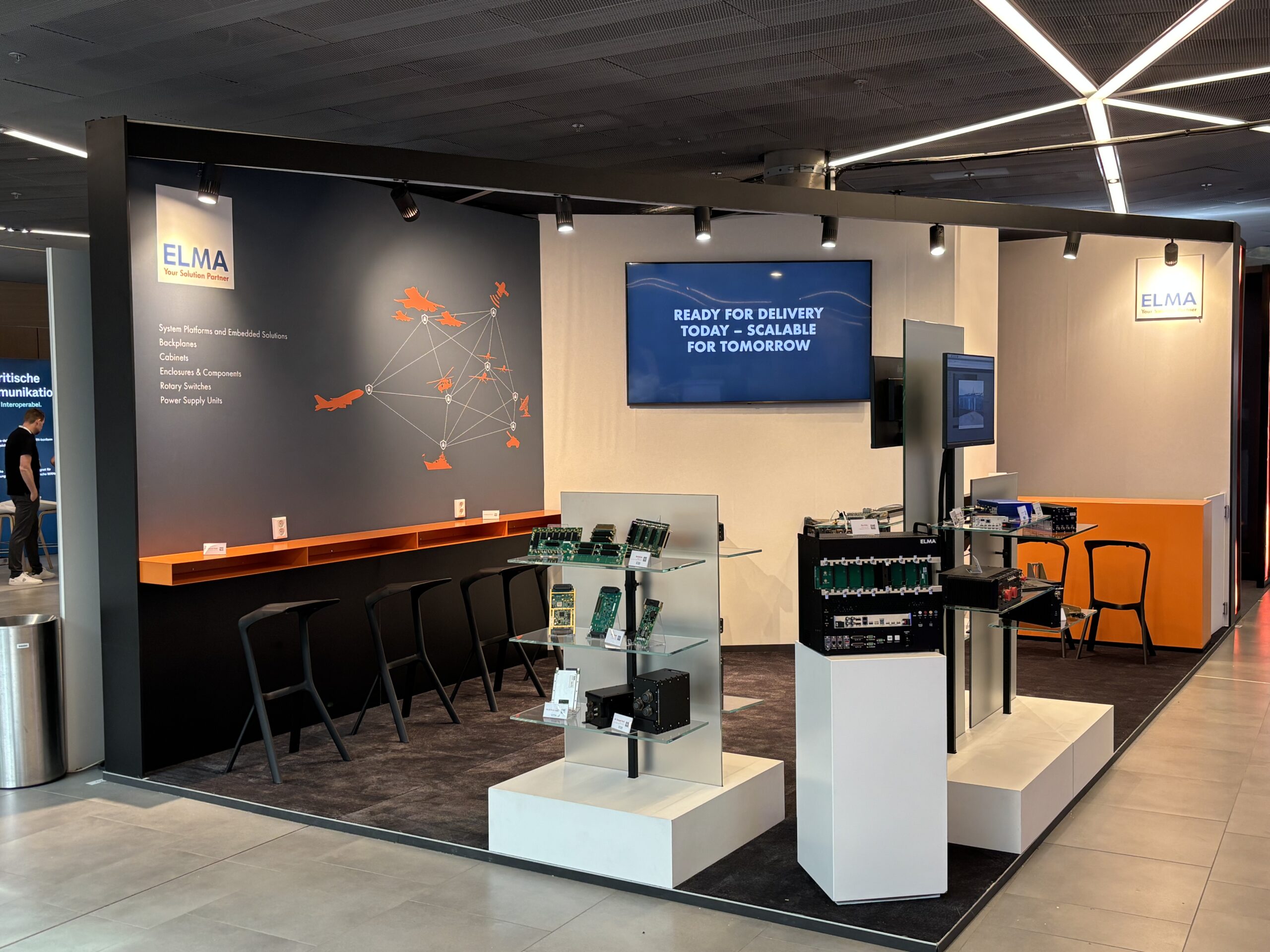
SOC-E at the 55th International Paris Air Show
From June 22nd to 26th, SOC-E participated in the 55th edition of the International Paris Air Show, one of the most prestigious aerospace events in the world. The event gathered industry leaders, innovators, and stakeholders from across the globe, and…











